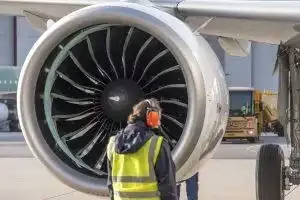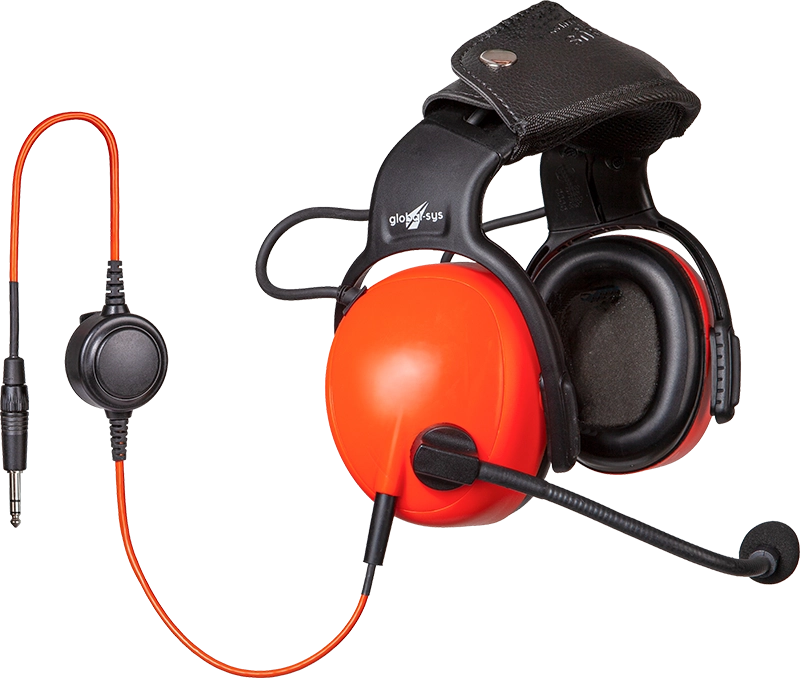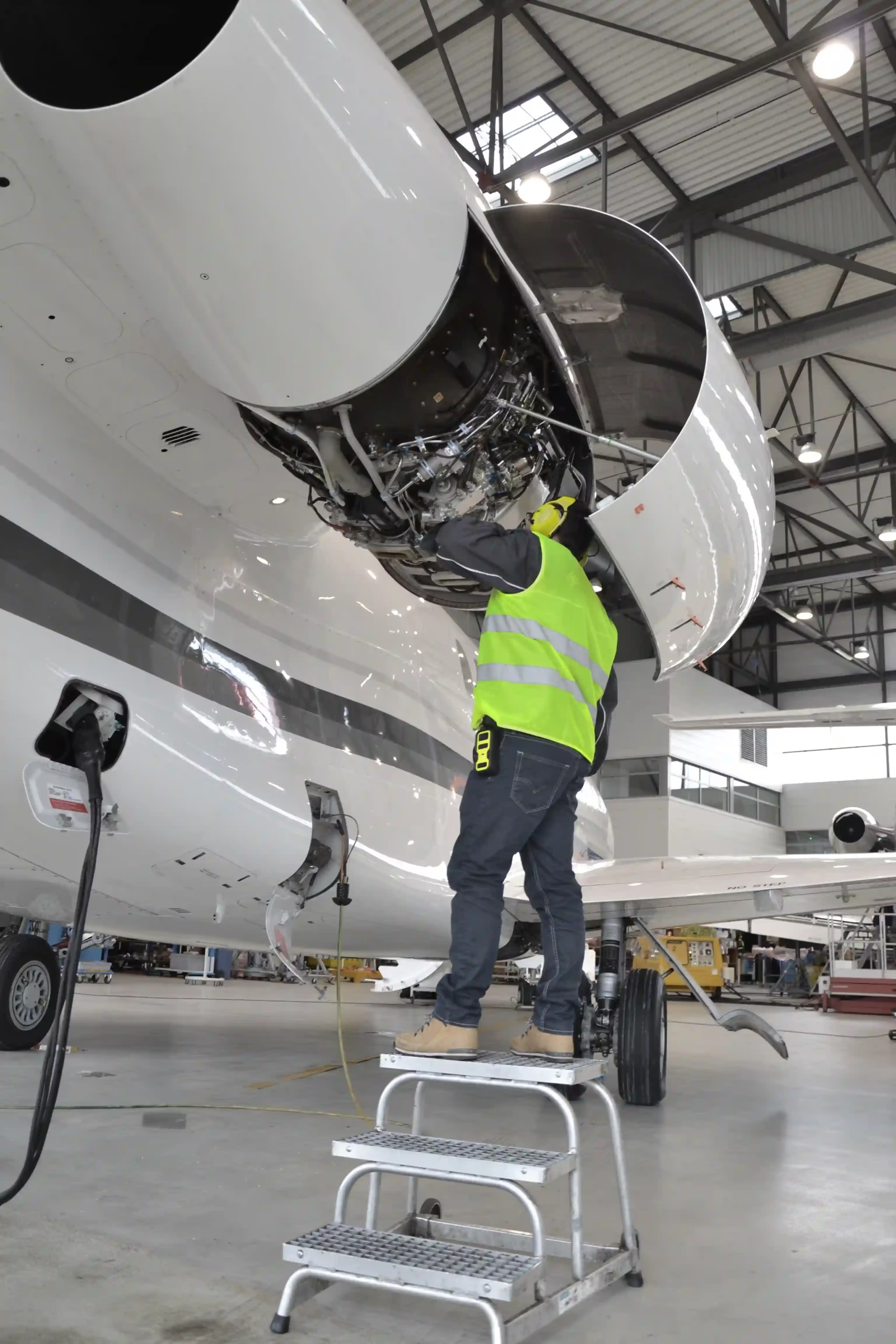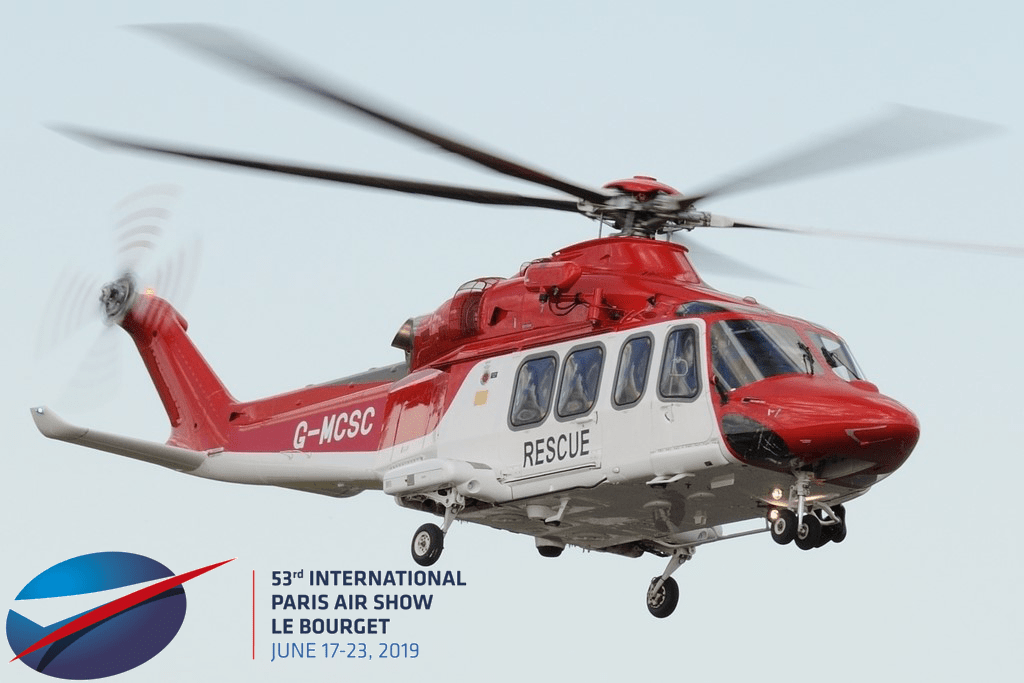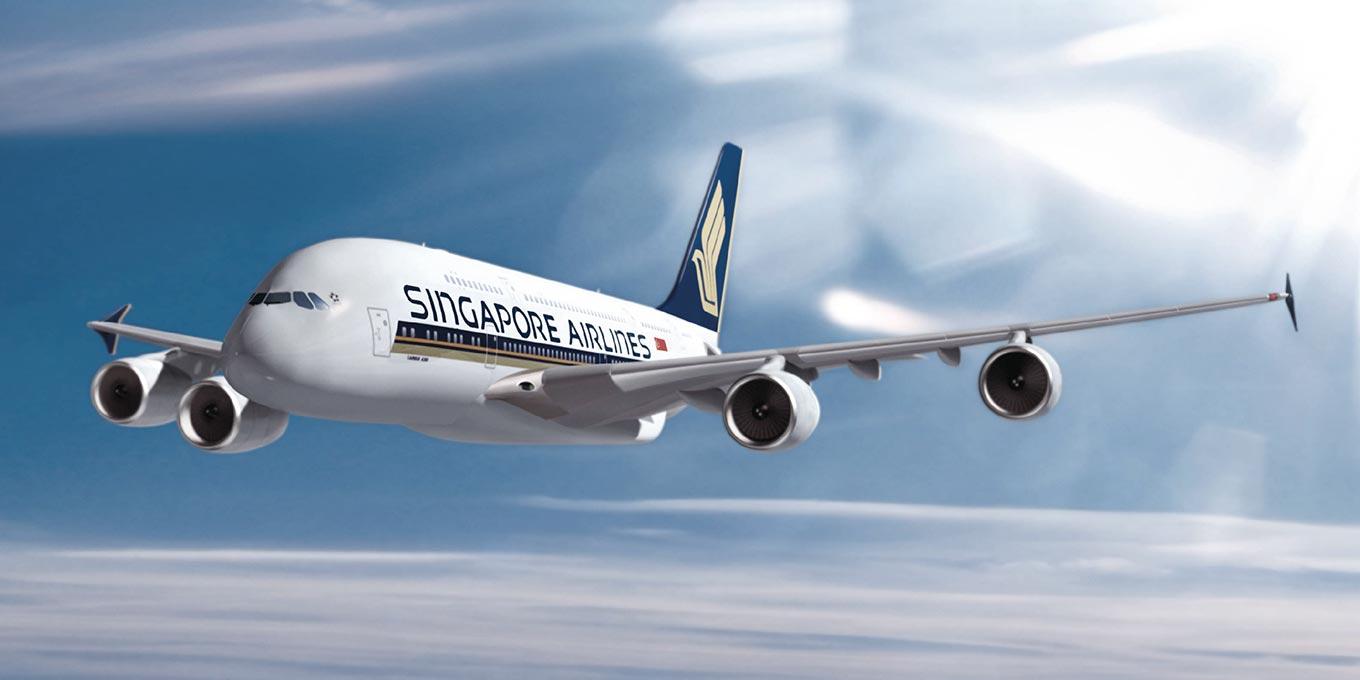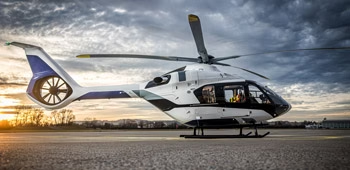Headset acoustic attenuation in aviation refers to the headset’s capability to reduce or eliminate external noise, creating a controlled audio environment that enhances communication and protects hearing in the often-noisy cockpit environment. In aviation, cockpit noise is generated by a variety of sources, including engine roar, rotor noise, airflow, and other operational sounds, which can reach levels that may cause hearing damage over time. To ensure clear communication and prevent hearing loss, pilots and aircrew rely on headsets designed for high levels of acoustic attenuation.
There are two main types of acoustic attenuation: passive and active noise reduction.
Introduction to sound attenuation
Sound attenuation is a critical aspect of noise control and sound management. It refers to the reduction of sound energy as it travels through a medium, such as air, water, or solids. This process is essential in various industries, including construction, manufacturing, and healthcare, where reducing noise pollution can significantly improve the quality of life. By attenuating sound, we can create quieter, more comfortable environments, enhance communication, and protect hearing. In aviation, sound attenuation is particularly important to ensure clear communication between pilots and aircrew, as well as to prevent hearing damage from prolonged exposure to high noise levels.
Passive noise attenuation
Physical isolation
Passive noise attenuation is achieved through physical design elements such as cushioned ear cups that physically block out external sounds. Physical isolation impacts acoustic wave propagation by reducing the transmission of sound waves through the barrier. These ear cups are typically made of materials like foam or gel that form a seal around the ears, helping to reduce high-frequency noises such as engine hums and rotor blades.
Seal and fit
A proper seal around the ear is crucial for effective passive attenuation. An ill-fitting headset may let noise in, defeating the purpose of this design. Many headsets have adjustable features to ensure a good seal and optimal fit for comfort and noise isolation.
Passive noise reduction
It works by using physical barriers to block external noise before it reaches the ear. The angular frequency of sound waves influences the effectiveness of passive noise reduction materials by determining how well these materials can attenuate different frequencies. Aviation headsets with Passive Noise Reduction rely on dense materials like foam, rubber, and composite plastics to absorb and reflect sound. The ear cups are designed to create a tight seal around the ears, preventing noise from entering. This type of noise reduction is particularly effective at blocking high-frequency sounds such as wind noise, turbine whine, and cockpit alerts.
Since Passive Noise Reduction relies solely on its construction, it does not require power and is generally more affordable. However, it is less effective at reducing low-frequency noise, such as the deep hum of an engine or the sound of propellers. To maximize noise reduction, Passive Noise Reduction headsets often need a firm clamping force, which can sometimes cause discomfort over long periods of use. PNR is typically preferred by pilots flying piston-engine aircraft or those who need a simple, cost-effective solution for noise reduction.
Active noise reduction (ANR) and noise control
Active noise cancellation using acousting waves
Active noise reduction involves sophisticated electronics that use microphones to pick up surrounding sounds and then produce sound waves that are 180 degrees out of phase with the incoming noise. This cancels out the unwanted sound, resulting in a quieter environment for the wearer. The benefit of ANR is its ability to reduce low-frequency noises, such as the hum of engines or the whir of turbines, that passive noise isolation alone cannot effectively block.
Active noise reduction
Uses electronic technology to cancel out unwanted noise before it reaches the ear. ANR headsets contain small microphones that detect external noise and generate an “anti-noise” wave, which is then played through the headset’s speakers to cancel out the original sound. ANR systems utilize power law attenuation to reduce noise in different media, effectively managing how sound loses energy in various environments. This method is particularly effective at reducing low-frequency noises, such as engine rumble and rotor noise, which are common in jets, turboprops, and helicopters. Because ANR actively reduces noise, it helps minimize pilot fatigue, improving concentration and communication clarity during long flights.
There are two main types of ANR microphone systems: feedforward and feedback ANR.
A feedforward ANR system
Places the microphone on the outside of the ear cup, detecting ambient noise before it reaches the ear. The system processes the noise and generates an anti-noise wave, effectively canceling it before it enters the ear cup. This approach works well for a wide range of frequencies but may be less effective if the noise characteristics change unpredictably.
A feedback ANR system
On the other hand, places the microphone inside the ear cup, close to the speaker. This microphone detects the sound that has already entered the headset and generates an anti-noise wave in real-time, specifically tuned to what the user is actually hearing. This method provides more precise noise cancellation and adapts well to varying noise conditions. The attenuation of seismic waves in geological formations can be compared to the attenuation of acoustic waves in feedback ANR systems, highlighting differences in their physical properties and environmental factors. However, its effectiveness is generally limited to a narrower range of frequencies compared to feedforward systems.
Advanced aviation headsets combine both feedforward and feedback ANR, creating a hybrid ANR system that provides maximum noise reduction across a wider frequency range. These hybrid systems are particularly beneficial in extremely loud environments, such as helicopter cockpits or high-speed jet aircraft, where noise conditions fluctuate significantly.
Since ANR technology relies on electronic processing, it requires a power source, typically batteries or aircraft power. While ANR headsets are more expensive than their passive counterparts, they offer superior noise reduction, especially for low-frequency sounds. Some users may experience a slight sensation of ear pressure due to the way noise cancellation functions, but overall, ANR headsets significantly improve comfort and communication for pilots in high-noise environments.
Acoustic attenuation coefficient
The acoustic attenuation coefficient is a measure of how a medium attenuates sound. It is defined as the decrease in amplitude of an acoustic wave as it travels through a material. This coefficient is typically expressed in nepers per meter (Np/m) or decibels per meter (dB/m). The acoustic attenuation coefficient is a critical parameter in understanding sound attenuation, as it helps predict how much sound will be reduced as it passes through different materials. In the context of aviation headsets, knowing the attenuation coefficient of materials used in the headset can help in designing more effective noise-canceling devices that enhance communication and protect hearing.
Aeronautical headset design
Aeronautical headsets are meticulously designed to provide effective noise control and sound attenuation for pilots and aircrew. These headsets incorporate sound attenuation materials, such as acoustic foam and advanced noise-canceling technology, to reduce ambient noise and improve communication clarity. The design process involves careful consideration of various factors, including material composition, structural design, and frequency dependence. Effective sound attenuation in these headsets is crucial, as it helps to reduce pilot fatigue, enhance concentration, and improve overall safety. By using materials with high acoustic attenuation coefficients and integrating both passive and active noise reduction technologies, aeronautical headsets can significantly mitigate the impact of high noise levels in the cockpit.
